Button Quail
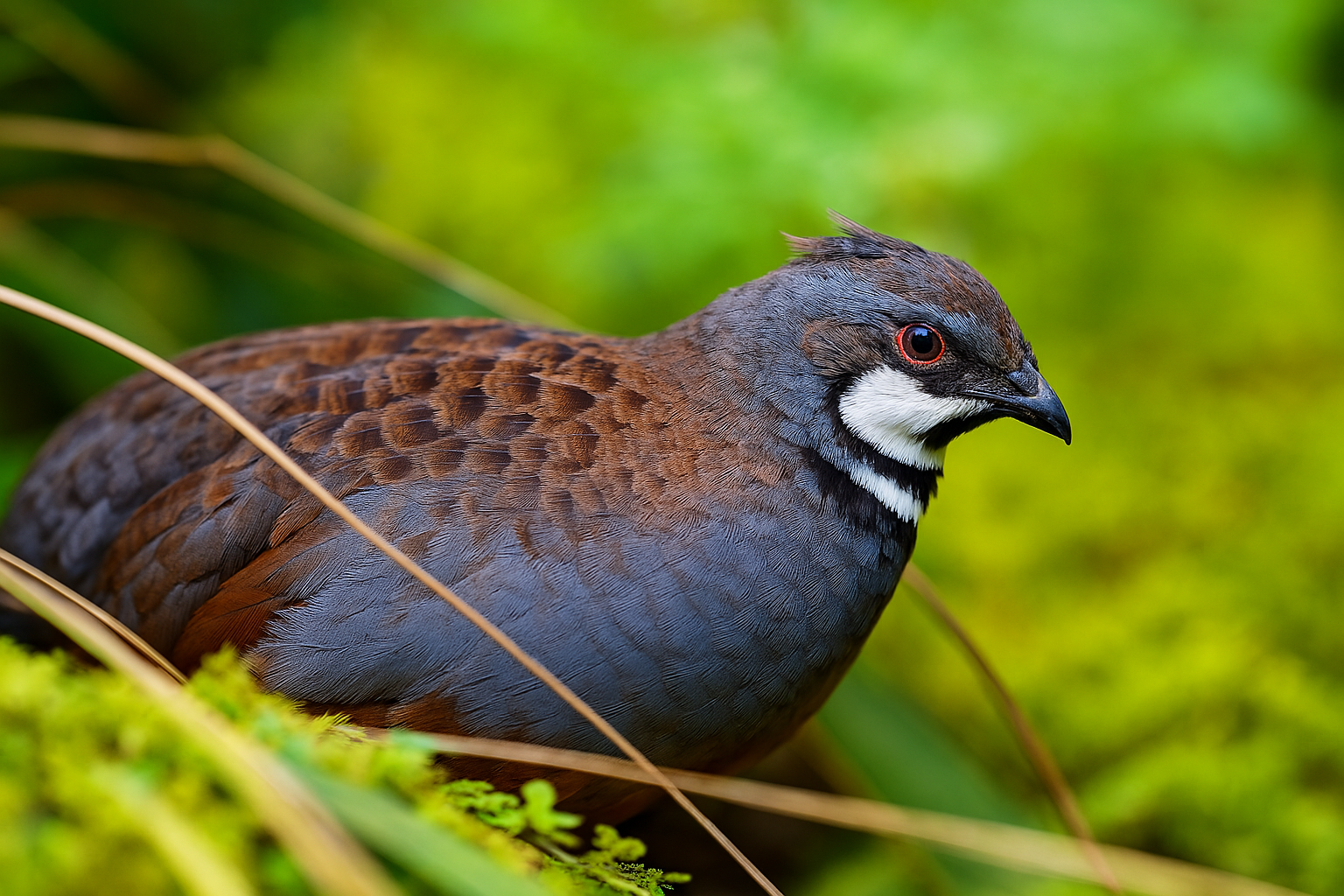
Lifespan
3-5 years
Height
10-12 cm
Length
10-12 cm
Quail Ratio
1 Male to 2-3 Females
Button Quail, also known as Chinese Painted Quail (Coturnix chinensis), are small, charming birds that make fascinating pets. Known for their diminutive size and colorful plumage, they are popular among bird enthusiasts and are often kept in aviaries and bird cages. Their lively behavior and relatively easy care requirements make them a delightful addition to any bird lover's collection.
Button Quail (Male Call)
Physical Characteristics
How many females to a male
These quails are small and can be sensitive to stress. Maintaining this ratio helps prevent over-mating and reduces the likelihood of aggressive behaviors, ensuring the well-being of both males and females.
Size
These quails are quite small, typically measuring around 10-12 cm (4-5 inches) in length and weighing between 30-40 grams.
Appearance
They come in various color mutations, including wild-type, silver, white, and blue-faced. Males often display more vivid colors compared to females.
Lifespan
With proper care, Chinese Painted Quail can live for 3-5 years

Habitat
Size of habitat
Due to their small size, these quails can be housed in relatively small spaces. A cage or aviary measuring at least 60 cm x 30 cm x 30 cm (24" x 12" x 12") is suitable for a pair.
Substrate
Use a substrate like sand, wood shavings, or grass to allow for natural behaviors such as scratching and dust bathing.
Shelter
Provide hiding places and shelters using plants, logs, or commercial bird shelters to help them feel secure.
Protection: Ensure the enclosure is secure to protect from predators and prevent escape.
Diet
Feed
A balanced diet for Chinese Painted Quail includes a high-quality game bird or finch seed mix, supplemented with fresh greens, vegetables, and occasional protein sources like mealworms or boiled egg.
Grit
Offer grit to aid in digestion, as quails need it to process their food properly.
Water
Provide fresh, clean water at all times, preferably in a shallow dish to prevent drowning.
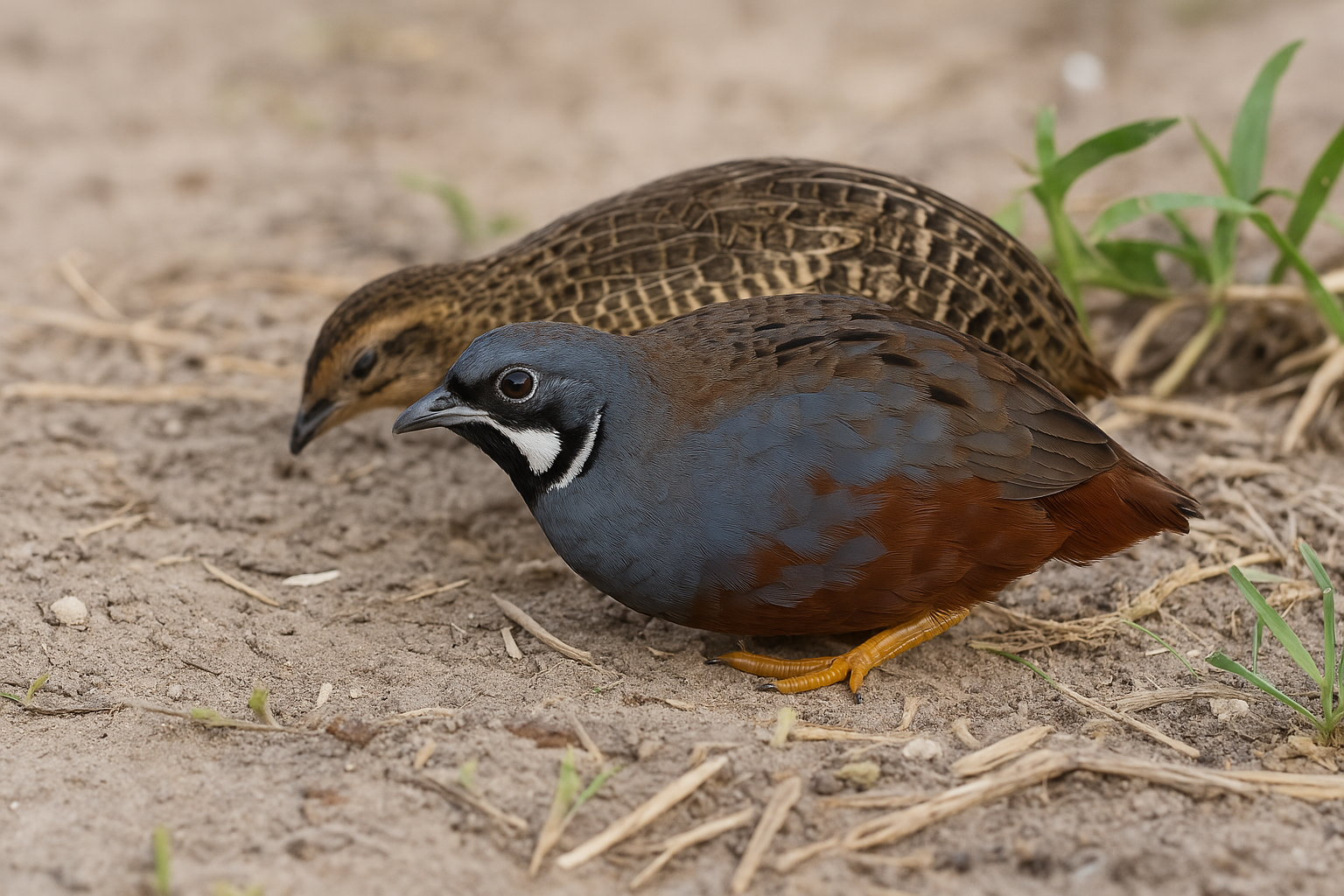
Social Behavior
These quails are social and can be kept in pairs or small groups. However, avoid keeping multiple males together to prevent aggression.
Activity
They are ground dwellers and enjoy scratching and foraging. Enrichment activities like scattering food on the ground can keep them engaged.
Handling
While they can become accustomed to human presence, they are generally not birds that enjoy handling. Limit handling to necessary activities like health checks and cleaning.
Health and Wellness
Clean Environment
Keep their living area clean to prevent disease. Regularly change substrate and clean food and water dishes.
Health Monitoring
Watch for signs of illness such as lethargy, changes in eating habits, or abnormal droppings. Consult an avian veterinarian if needed.
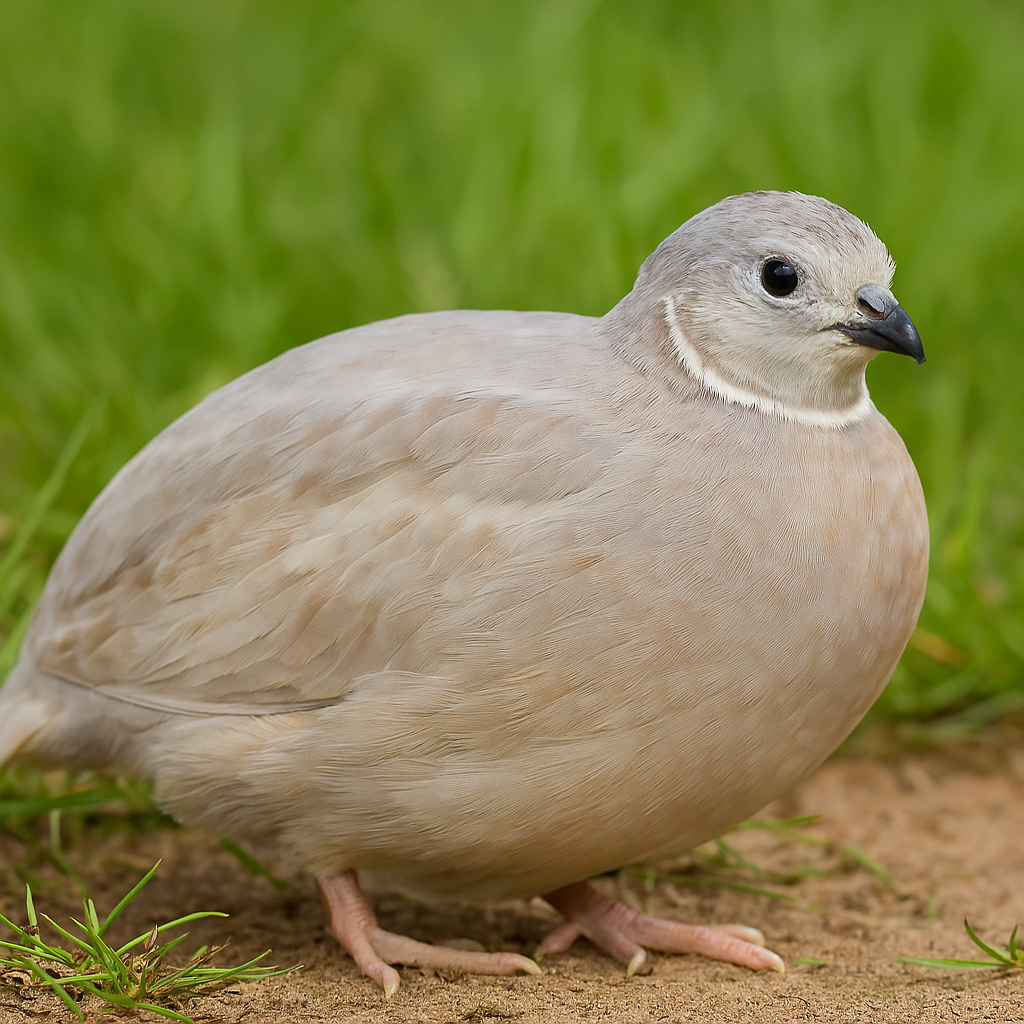
History
Origins
Found in Southeast Asia, including countries like China, India, Indonesia, and the Philippinesm. They thrive in grasslands, scrublands, and agricultural areas.
Domestication
These quails have been kept in captivity for centuries, valued for their eggs, meat, and beauty.
Spread to the West: Brought to Europe and North America through the exotic pet trade, gaining popularity for their manageable size and vibrant colors.
Modern-Day Popularity
Widely kept in aviaries and as pets due to their easy care and attractive appearance. Breeders have developed various color mutations, increasing their ornamental value.
Educational Use
Often used in educational settings for teaching about bird behavior and genetics.
Chinese Painted Quail have a rich history, from their natural habitats in Southeast Asia to becoming cherished pets and important figures in aviculture and education.
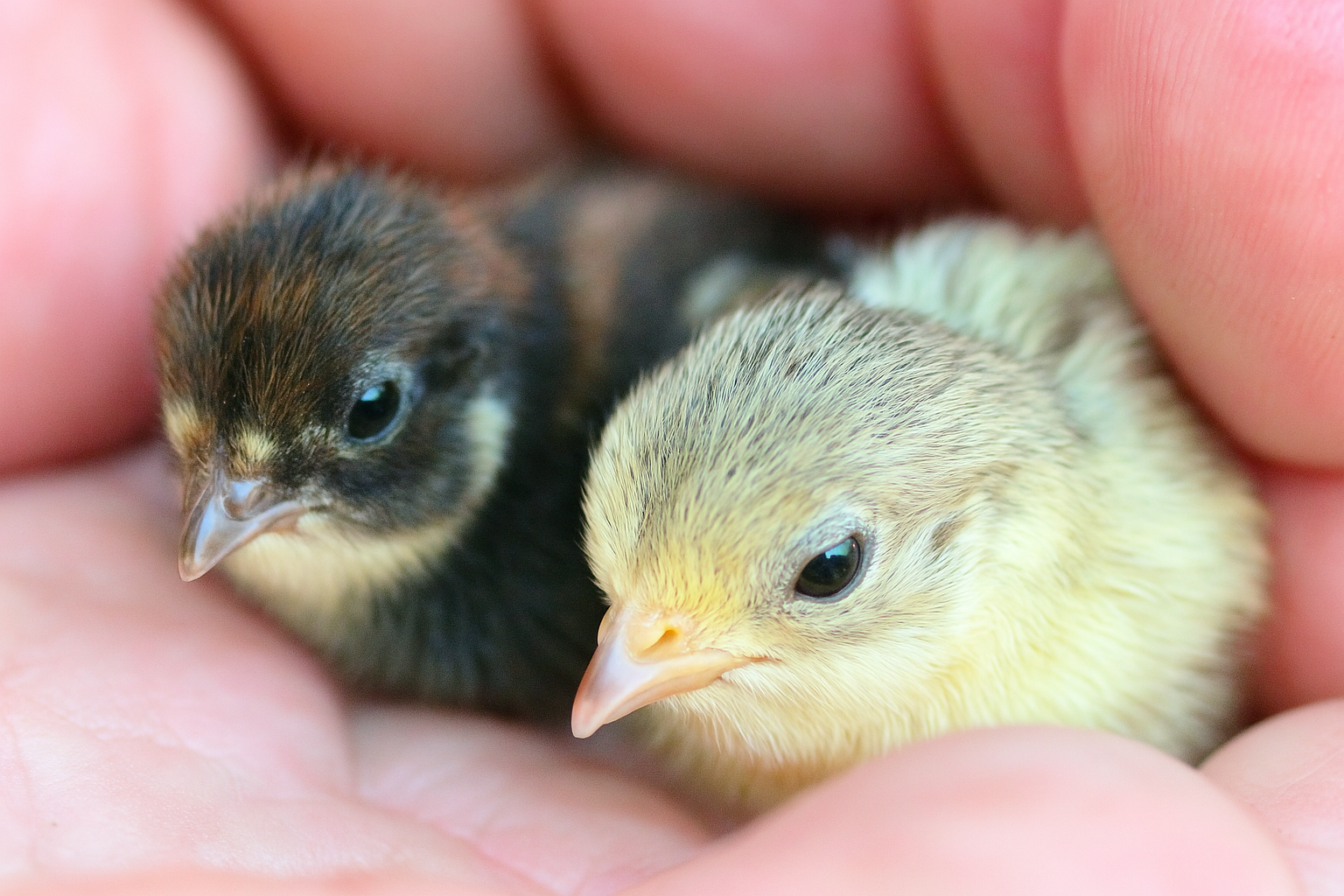
Breeding
Breeding Season
Peak breeding occurs in spring and summer. Lighting Provide 14-16 hours of light daily to stimulate breeding.
Nesting
Females lay eggs in simple nests made of grass or soft materials.
Quail Chick Care
Brooder Setup
Temperature: Provide a heat lamp or ceramic heat emitter to keep the brooder warm. The temperature should be kept at about 95°F (35°C) for the first week, then gradually reduced by 5°F (3°C) each week until the chicks are fully feathered and can regulate their own temperature.
Feeding
Provide a high-protein game bird starter feed with at least 24-28% protein. This feed is crucial for the rapid growth and development of the chicks.
Feeder and Waterer
Use shallow feeders and waterers to prevent chicks from drowning. Marbles or pebbles can be placed in water dishes to keep chicks safe.
Outdoor Transition
Chicks should be fully feathered before transitioning outdoors, usually around 6-8 weeks of age. This ensures they can regulate their body temperature and are better protected against the elements.
Joining the adults
Integration with Adults
Chicks should be at least 6-8 weeks old before joining the adults. They should be fully feathered and able to regulate their body temperature.
Observe Behavior
Watch for signs of aggression or bullying from the adults. If the chicks are significantly smaller or weaker, they may need more time before integration.
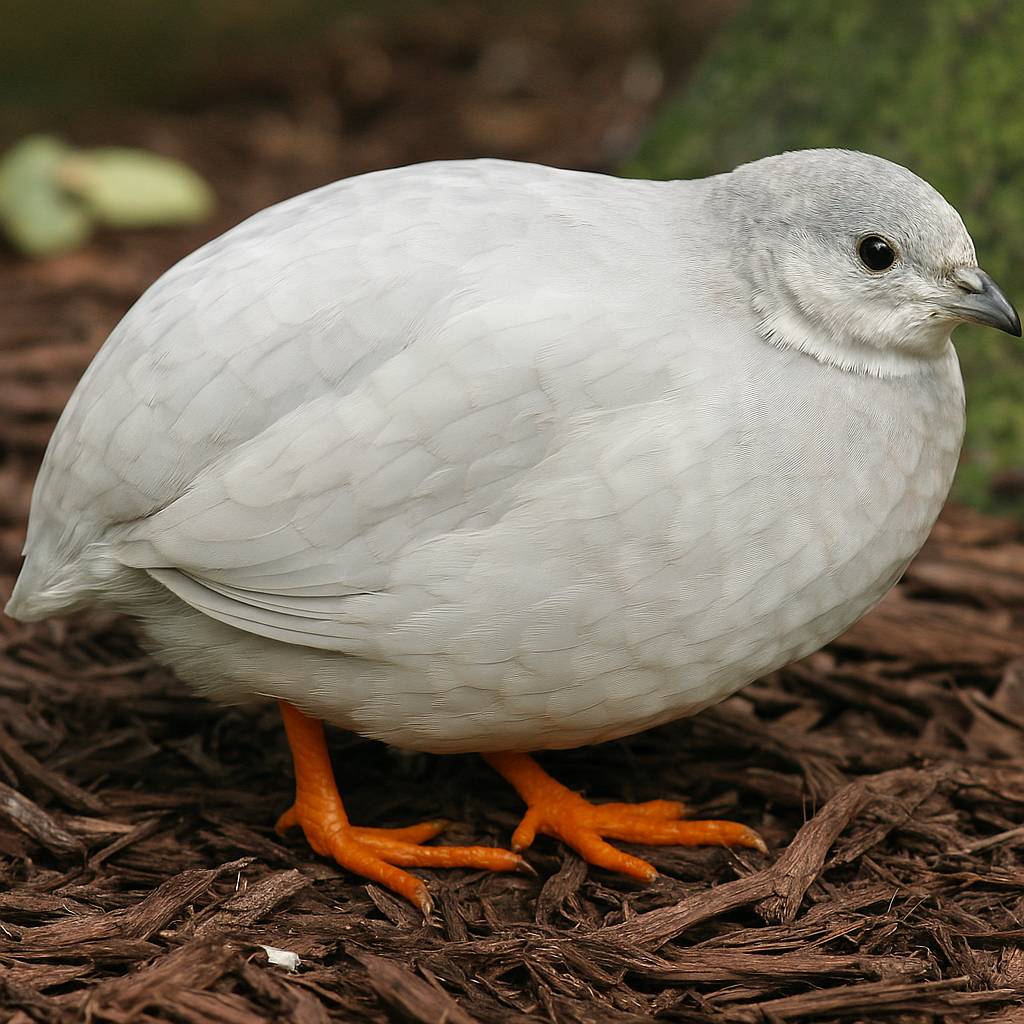
Fun Fact
Chinese Painted Quail are known for their ability to "play dead" as a defense mechanism. When threatened, they may lie motionless on the ground with their eyes closed, appearing to be dead, to avoid detection by predators. This unique behavior helps them survive in the wild by confusing potential threats.
In this article
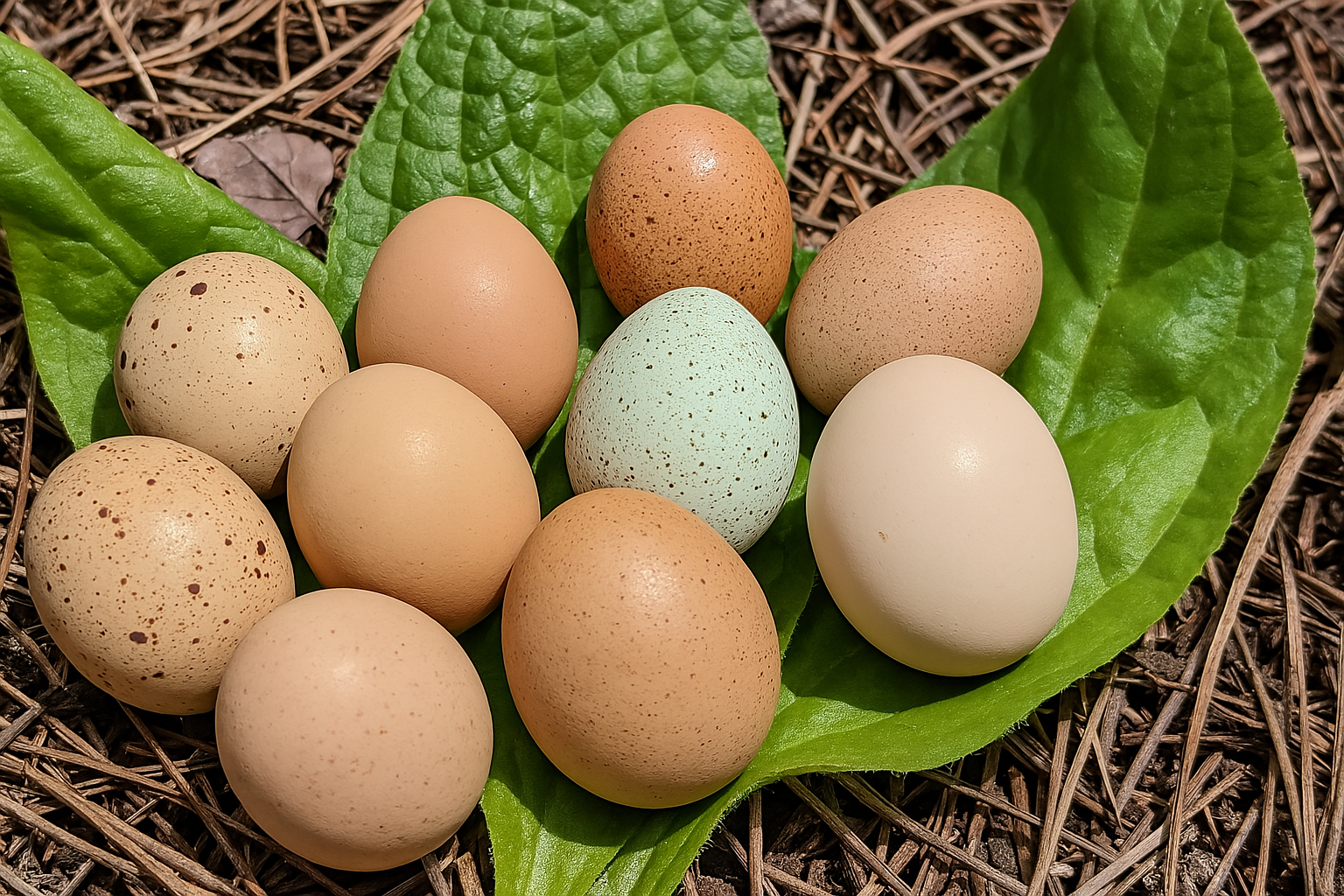
Eggs
Chinese Painted Quail eggs are incredibly tiny, weighing just 2-4 grams, making them some of the smallest bird eggs. Their shells are typically cream or light tan, often adorned with fine dark speckles or blotches. Despite their miniature size, the intricate patterns and natural beauty of these eggs make them stand out.
Legal Considerations
Check local laws and regulations regarding the keeping of quail. Some areas may have specific requirements or restrictions.
Permits
In some regions, permits may be required to keep or breed quail.

Comparison
African Blue Quail and Chinese Painted Quail look similar, but there are key differences. African Blue Quail are larger, at 12-15 cm (4.7-5.9 inches), while Chinese Painted Quail are 10-12 cm (4-5 inches).
African Blue Quail have a uniform blue-gray color with subtle markings, whereas Chinese Painted Quail come in various colors, including wild-type, silver, white, and blue-faced. Head markings on African Blue Quail are less distinct, while Chinese Painted Quail often have pronounced patterns.
African Blue Quail are native to sub-Saharan Africa, and Chinese Painted Quail are from Southeast Asia.
Read more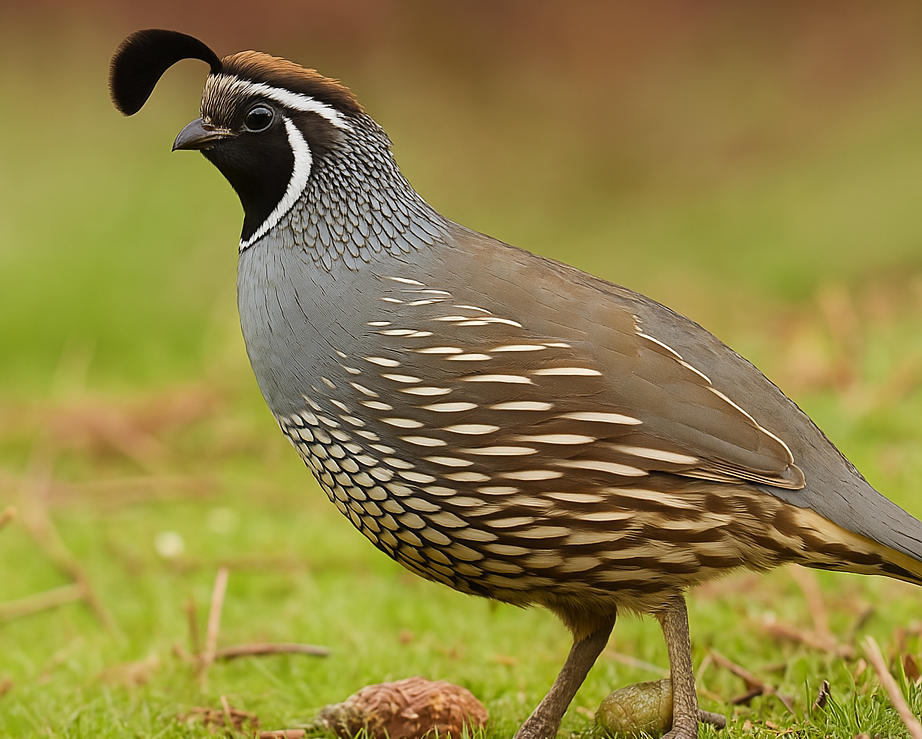
California Quail
The California Quail (Callipepla californica) is a charming and distinctive bird known for its plump body, beautiful plumage, and characteristic head plume, often referred to as a "topknot." These birds are native to the western United States but can be kept as pets with proper care and attention. Here's a comprehensive look at keeping California Quail as pets
Read more
Jumbo Celadon Quail
Jumbo Celadon Quail, also known as Coturnix quail, are a popular breed among poultry enthusiasts due to their distinctive blue or light green eggs, larger size, and efficient egg production. They are a selectively bred variety of the standard Coturnix quail, known for their increased body weight and unique egg coloration.
Read more
Bobwhite Quail
The Bobwhite Quail, also known as the Northern Bobwhite or Virginia Quail (Colinus virginianus), known for their distinctive call and charming appearance, can make unique and interesting pets. Bobwhite quail Have long been popular in North America. They require specific care and habitat conditions to thrive in a domestic setting.
Read more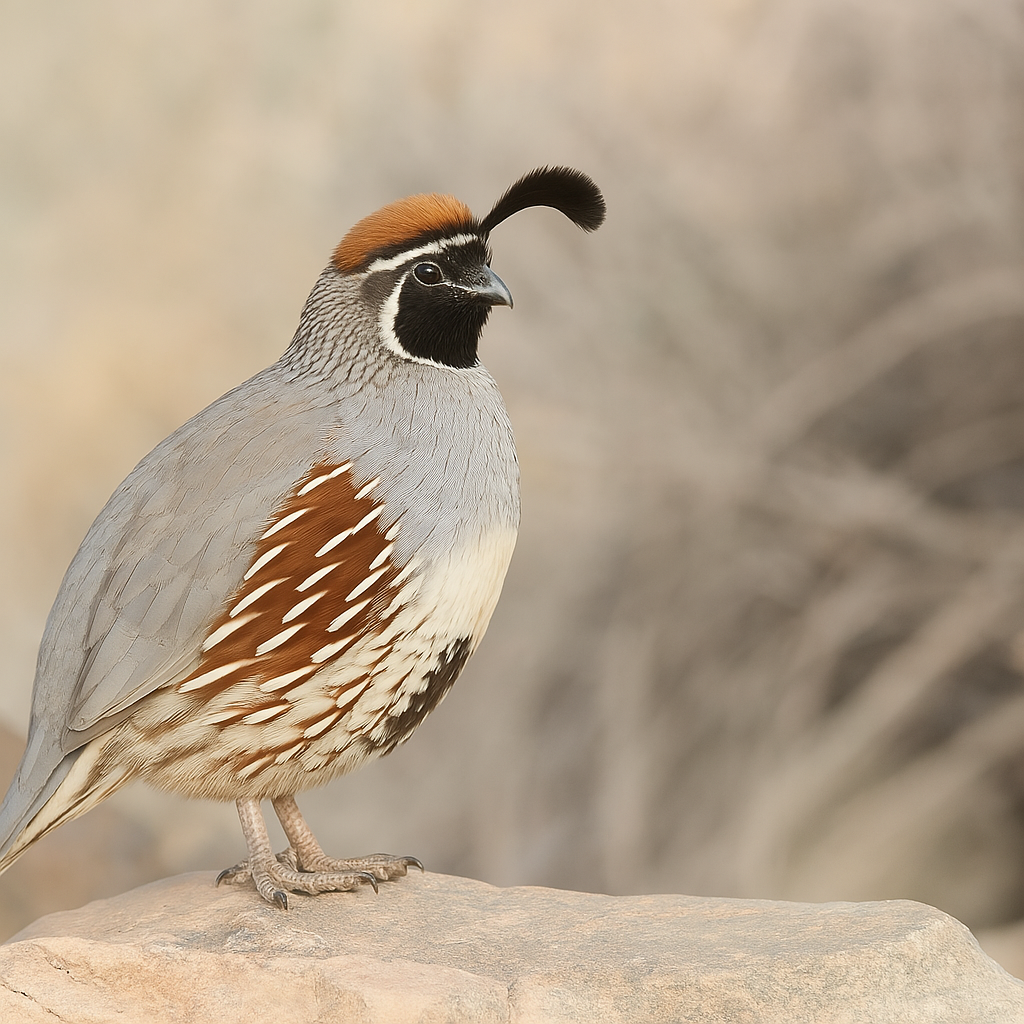
Gambel's Quail
Gambel's Quail (Callipepla gambelii) are popular birds for aviculture due to their attractive appearance, distinctive calls, and relatively calm demeanor. While primarily known as wild birds, Gambel's Quail can be kept as pets under the right conditions, although they have specific care requirements.
Read more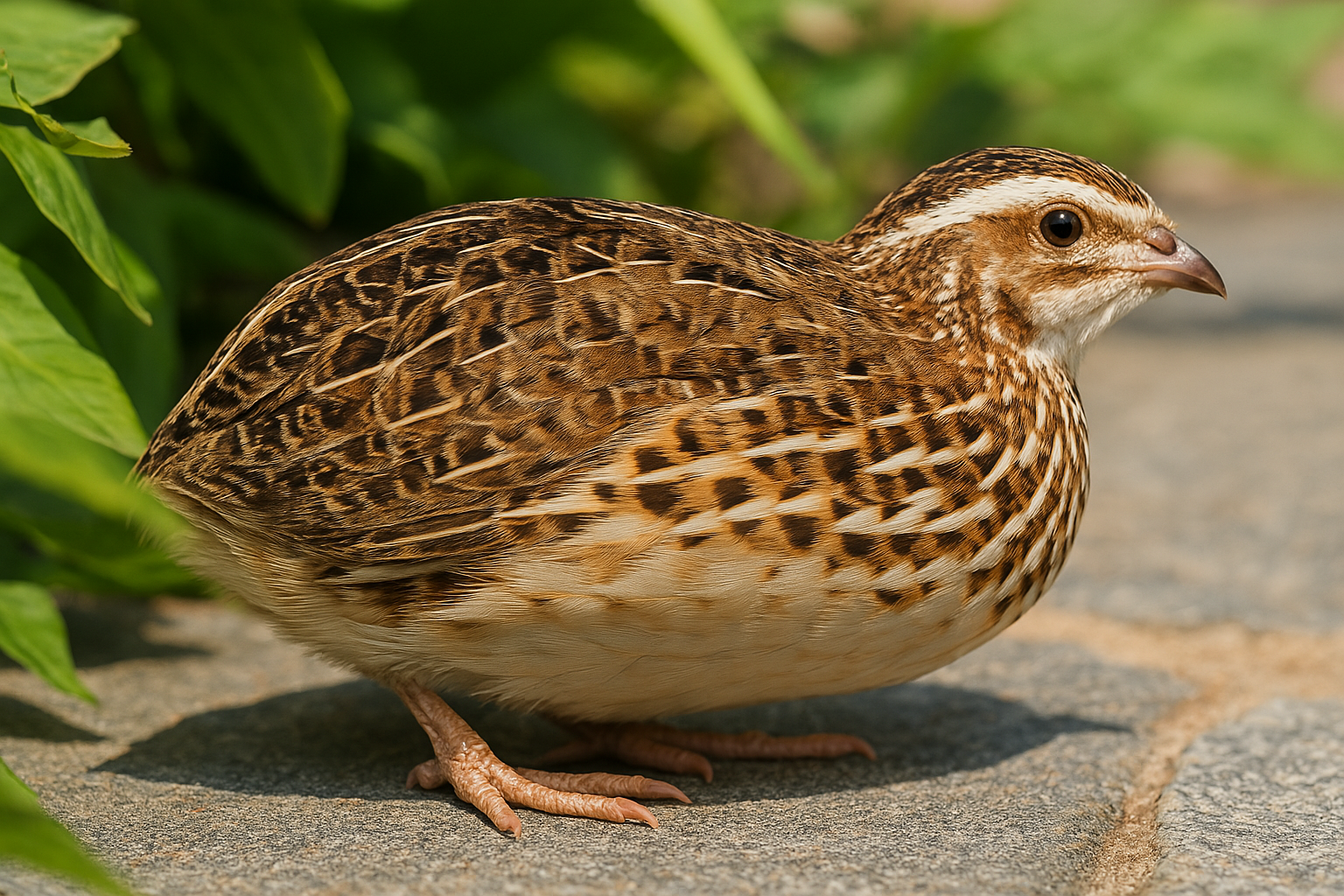
Japanese Quail
Japanese Quail are known for their prolific egg-laying capabilities, small size, and relatively low maintenance requirements compared to larger poultry species.
Read more